Home>Articles>How To Clean White Curtains That Have Yellowed
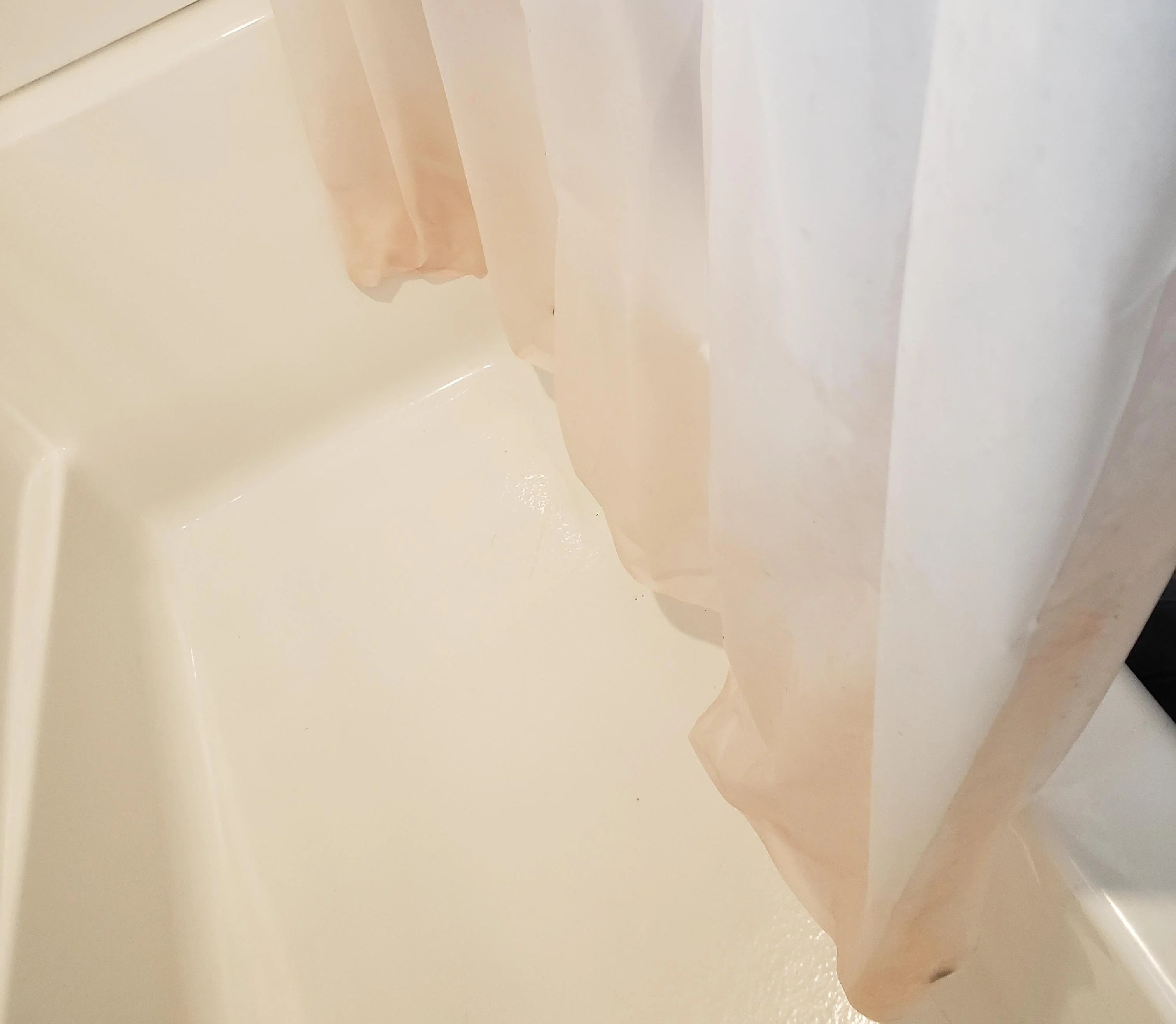

Articles
How To Clean White Curtains That Have Yellowed
Modified: March 2, 2024
Discover effective methods to restore the vibrancy of your yellowed white curtains with these helpful articles. Enhance your home decor effortlessly!
(Many of the links in this article redirect to a specific reviewed product. Your purchase of these products through affiliate links helps to generate commission for Storables.com, at no extra cost. Learn more)
Introduction
White curtains can add a touch of elegance and brightness to any room. However, over time, they may start to lose their pristine white color and develop a yellowish tint. This can be quite frustrating, especially if you’ve invested in high-quality white curtains to enhance the aesthetic appeal of your home. But fear not, as there are effective ways to restore the whiteness of your curtains and keep them looking fresh.
In this article, we will discuss how to clean white curtains that have yellowed. We will explore the reasons behind this discoloration and provide step-by-step instructions on various cleaning methods. Whether you prefer hand-washing or using a washing machine, we’ve got you covered. Additionally, we’ll delve into how to whiten yellowed white curtains and share tips for maintaining their whiteness in the long run.
Before we jump into the cleaning process, it’s essential to understand why white curtains yellow in the first place. Several factors contribute to this discoloration, including exposure to sunlight, dust accumulation, and even contact with certain substances. Understanding these causes will help you prevent future yellowing and ensure your white curtains remain pristine for as long as possible.
Now that we have a better understanding of what causes white curtains to yellow, let’s move on to the preparation steps you should take before cleaning them. By following these guidelines, you’ll ensure that your cleaning efforts are effective and won’t cause any damage to the fabric or color of your curtains.
Key Takeaways:
- Restore the pristine whiteness of your yellowed white curtains by understanding the causes of discoloration and implementing effective cleaning and whitening methods, ensuring a bright and elegant home decor.
- Maintain the whiteness of your white curtains by incorporating regular dusting, prompt stain treatment, and proper maintenance practices, preserving their pristine appearance and enhancing the beauty of your living space.
Read more: How To Clean Yellowed White Blinds
Understanding Why White Curtains Yellow
White curtains can turn yellow over time due to various factors. These range from natural processes to external factors that can affect the fabric’s color. By understanding the causes, you can take preventive measures and adjust your cleaning routine accordingly to maintain the whiteness of your curtains. Here are some common reasons why white curtains yellow:
- Sunlight: Exposure to sunlight is one of the primary reasons why white curtains yellow. Ultraviolet (UV) rays from the sun can break down the fabric’s fibers and cause discoloration. The longer the curtains are exposed to direct sunlight, the faster they may start to yellow.
- Dust and Dirt: Dust and dirt particles can accumulate on the curtains’ surface over time. These particles can contain oils, pollutants, and other substances that can stain the fabric and give it a yellow tint. Regular cleaning is crucial to prevent the buildup of dust and maintain the whiteness of your curtains.
- Moisture and Mold: Moisture can lead to the growth of mold and mildew, which can cause white curtains to yellow. This is especially true in humid environments or if the curtains are exposed to excessive moisture, such as in bathrooms or near leaky windows. To prevent mold growth and yellowing, ensure proper ventilation and address any moisture issues in the room.
- Chemical Reactions: White curtains can also yellow due to chemical reactions with certain substances. For example, chlorine bleach can react with natural fibers in the curtains and cause yellowing. It’s essential to read the care instructions for your curtains and avoid using any harsh chemicals that may damage the fabric.
- Age and Wear: Like any other fabric, white curtains can naturally yellow with age and wear. Over time, the fabric may lose its pristine white color due to repeated use, laundering, and exposure to the elements. Regular maintenance and proper cleaning techniques can help slow down this yellowing process.
By being aware of these factors, you can take preventive measures to minimize yellowing and prolong the freshness of your white curtains. In the next section, we’ll go through the necessary steps to prepare your curtains for cleaning to ensure optimal results.
Preparing to Clean White Curtains
Before diving into the cleaning process, it’s crucial to prepare your white curtains properly. This preparation stage will help you achieve the best results and protect the fabric during cleaning. Here are the steps to follow when preparing to clean your white curtains:
- Read the Care Instructions: Start by checking the care instructions provided by the curtain manufacturer. These instructions will guide you on the recommended cleaning methods and any specific precautions to take. Following the care instructions will help you avoid damaging the fabric or altering its color.
- Dust and Vacuum: Begin by removing any loose dust or debris from the curtains. Use a soft brush or a vacuum cleaner with a brush attachment to gently remove the dust from the fabric. This step will prevent the dust particles from becoming embedded in the fabric during the cleaning process.
- Spot Test: Before applying any cleaning solution to the entire curtain, it’s advisable to spot test it in a small, inconspicuous area. Choose a discreet spot on the curtain, such as the hem or an inside seam, and apply a small amount of the cleaning solution. Wait for a few minutes and then gently blot the area with a clean cloth. Check for any color fading or fabric damage. If there are no adverse effects, you can proceed with the cleaning method.
- Remove Hooks or Hardware: If your curtains have hooks, curtain rods, or any other hardware, it’s best to remove them before cleaning. This will prevent any damage to the hardware or tangling of the curtains during the cleaning process. Keep the hooks or hardware in a safe place so that you can reattach them once the curtains are clean and dry.
- Pre-treat Stains: If you notice any specific stains or spots on your white curtains, it’s a good idea to pre-treat them before washing. This can help break down the stain and improve the chances of complete removal during the cleaning process. Use a stain remover or a mild detergent diluted in water and gently dab the stained area with a clean cloth.
- Check for Colorfastness: Certain fabrics may be prone to color bleeding or fading when exposed to water or cleaning agents. To avoid any color transfer, it’s essential to check for colorfastness. Moisten a clean white cloth with plain water and gently rub it on a small area of the curtain. If there is no color transfer onto the cloth, the fabric is likely colorfast. If there is color transfer, it’s best to seek professional cleaning or consider alternative cleaning methods to avoid damaging the curtains.
By following these preparation steps, you’ll ensure that your white curtains are ready for effective and safe cleaning. In the next sections, we’ll explore different cleaning methods, including hand-washing and machine-washing, to restore the whiteness of your curtains.
Washing White Curtains by Hand
If you prefer a more gentle approach to cleaning your white curtains, washing them by hand is an excellent option. This method allows you to have more control over the cleaning process and minimize any potential damage to the fabric. Here’s a step-by-step guide on how to wash white curtains by hand:
- Fill a Clean Basin or Sink: Begin by filling a clean basin or sink with lukewarm water. Avoid using hot water, as it can shrink or damage certain fabrics. Add a mild detergent specifically designed for delicate fabrics and give the water a gentle stir to create a soapy solution.
- Submerge the Curtains: Carefully immerse the white curtains into the soapy water. Gently swirl them around to ensure that the detergent is evenly distributed and penetrates the fabric. Allow the curtains to soak for about 15 to 30 minutes, depending on the level of dirt or stains.
- Gently Agitate: After the soaking period, agitate the curtains gently with your hands. Pay attention to any stained or heavily soiled areas and gently rub them with your fingers to loosen the dirt. Avoid excessive scrubbing or wringing, as this can damage the fabric and lead to fraying or color fading.
- Drain and Rinse: Once you’re satisfied with the agitation, drain the soapy water from the basin or sink. Rinse the curtains thoroughly under cool running water to remove any soap residue. Continue rinsing until the water runs clear and the fabric feels clean and detergent-free.
- Press Out Excess Water: To remove excess water from the curtains, carefully press them against the sides of the basin or sink. Avoid twisting, wringing, or squeezing the curtains vigorously, as this can damage the fabric. Instead, gently press and squeeze the fabric to release the water without compromising its structure.
- Hang to Dry: After removing excess water, hang the white curtains to dry. Use a clothesline or a sturdy drying rack, ensuring that the curtains are evenly spread out to allow proper airflow. Avoid direct sunlight, as it can fade the fabric. Once completely dry, you can reattach them to the curtain rods or hardware.
Washing white curtains by hand provides a more controlled and delicate approach to cleaning. However, if you prefer to use a washing machine for convenience or have heavily soiled curtains, the next section will guide you through the machine-washing process.
Machine-washing White Curtains
If you have white curtains that are suitable for machine-washing, this method can be convenient and efficient. However, it’s essential to follow specific guidelines to ensure the best results and protect the fabric. Here’s a step-by-step guide on how to machine-wash white curtains:
- Check the Care Instructions: Before proceeding, double-check the care instructions provided by the manufacturer. Ensure that your curtains are safe to be machine-washed and follow any specific recommendations or precautions.
- Remove Hooks and Hardware: Start by removing any hooks, curtain rods, or hardware from the curtains. This will prevent any damage to the hardware or tangling of the curtains during the washing process.
- Sort and Pre-treat Stains: If you have multiple curtains to wash, sort them by fabric type and color. Pre-treat any visible stains or spots using a stain remover or a mild detergent. Gently dab the stained areas with a cloth to break down the stains before washing.
- Place in a Mesh Laundry Bag: To protect the curtains from tangling or snagging in the washing machine, place them inside a mesh laundry bag. This will help maintain their shape and prevent any damage to delicate embellishments or trims.
- Select a Delicate Cycle and Mild Detergent: Set your washing machine to a gentle or delicate cycle with a cold water temperature. This will help minimize any potential damage to the fabric. Use a mild detergent specifically designed for delicate fabrics or use a gentle, eco-friendly detergent. Avoid using bleach or harsh chemicals that may bleach or damage the curtains.
- Start the Washing Machine: After adding the curtains and the detergent, start the washing machine and allow it to complete the cycle. Avoid overloading the machine, as this can prevent proper cleaning and rinsing. If you’re uncertain, it’s better to wash fewer curtains at a time to ensure optimal results.
- Remove from the Machine and Untangle: Once the washing cycle is complete, promptly remove the curtains from the machine. Gently untangle them from the mesh laundry bag and check for any remaining stains or spots. If needed, repeat the pre-treatment process before moving on to the drying stage.
- Hang to Dry: Hang the white curtains to dry in a well-ventilated area or outdoors, if weather permits. Ensure that the curtains are evenly spread out to allow proper airflow. Avoid direct sunlight, as it can fade the fabric. Once completely dry, reattach them to the curtain rods or hardware.
Machine-washing can be a convenient and time-saving option for cleaning white curtains. However, be sure to follow the care instructions and take the necessary precautions to protect the fabric and ensure a successful outcome. In the next section, we will discuss how to whiten yellowed white curtains and restore their original brightness and beauty.
Mix a solution of equal parts water and white vinegar. Soak the curtains in the solution for a few hours, then wash as usual with a mild detergent. Hang to dry in the sun to help remove any remaining yellowing.
Whitening Yellowed White Curtains
If your white curtains have developed a yellowish tint, there are several methods you can try to restore their original brightness. Here are some effective ways to whiten yellowed white curtains:
- Lemon Juice and Sunlight: Lemon juice has natural bleaching properties that can help whiten yellowed white curtains. Dilute fresh lemon juice with water and apply it to the stained areas using a clean cloth or sponge. Leave the curtains in direct sunlight for a few hours, allowing the lemon juice and sunlight to work together to fade the yellow tint. Rinse the curtains thoroughly afterwards and let them dry naturally.
- Baking Soda and Vinegar: Create a paste by mixing baking soda and white vinegar. Apply the paste to the yellowed areas and gently scrub with a soft brush or sponge. Let the mixture sit for about 30 minutes, then rinse the curtains thoroughly. The combination of baking soda and vinegar helps lift stains and brighten the fabric. After rinsing, hang the curtains to dry.
- Hydrogen Peroxide: Dilute hydrogen peroxide with water and apply it to the yellowed areas using a sponge or cloth. Allow it to sit for about 15 minutes, then thoroughly rinse the curtains. Hydrogen peroxide can help break down stains and whiten fabric. However, it’s important to spot test in an inconspicuous area first to ensure that the fabric won’t be damaged or discolored.
- Commercial Whitening Agents: There are various commercial whitening agents available on the market that can be used to whiten yellowed white curtains. Follow the instructions provided with the product, and perform a spot test before applying it to the entire curtain. Remember to rinse the curtains well after using any whitening agent to remove any residue.
- Professional Cleaning: If the yellowing is severe or none of the DIY methods are effective, it may be best to seek professional cleaning services. Professional cleaners have the expertise and specialized equipment to tackle tough stains and restore the brightness of your curtains without causing any damage.
It’s important to note that while these methods can help whiten yellowed white curtains, they may not completely eliminate all stains or discoloration. The effectiveness depends on the fabric type, the severity of the yellowing, and other factors. Additionally, always follow the care instructions and perform spot tests before attempting any whitening methods.
Now that you’ve learned how to clean and whiten yellowed white curtains, the next section will cover the essential steps for drying and ironing them to ensure a crisp and wrinkle-free finish.
Drying and Ironing White Curtains
Properly drying and ironing your white curtains after cleaning is essential to achieve a crisp and polished look. Here are the steps you should follow for drying and ironing white curtains:
- Hanging to Air Dry: After washing, shake out the excess water from the curtains and hang them up to air dry. Use a clothesline or a sturdy drying rack, ensuring that the curtains are evenly spread out. Avoid direct sunlight, as it can fade the fabric. Allow the curtains to dry completely before proceeding to the ironing stage.
- Smooth Out Wrinkles: Once the curtains are dry, they may have some wrinkles. To remove these wrinkles, gently smooth the fabric with your hands. Pull the curtains taut and smooth out any visible creases or folds. This step helps prepare the curtains for ironing and ensures a better end result.
- Set Up the Ironing Station: Prepare your ironing station by setting up an ironing board or a flat, heat-resistant surface. Ensure that the iron is clean and set to the appropriate temperature for the fabric of your curtains. Refer to the care instructions for the recommended temperature setting.
- Iron in Sections: Start ironing the curtains in sections, working from top to bottom. Begin at the top of the curtain and slowly slide the iron downwards, applying gentle pressure. Move the iron in a smooth and continuous motion, ensuring that you cover the entire surface of the fabric. Repeat this process for each section of the curtain.
- Pay Attention to Details: Take extra care when ironing any pleats, hems, or decorative elements of the curtains. Fold the pleats or hems neatly and iron them with precision. For delicate embellishments, use a pressing cloth to protect them from direct heat or steam and iron them gently.
- Hang Immediately: Once you finish ironing a section or the entire curtain, hang it up immediately to prevent the fabric from wrinkling. Use curtain hooks or reattach the curtains to the rods or hardware. Allow the curtains to cool and settle in their hanging position.
- Final Touches: Stand back and examine the curtains for any remaining wrinkles or creases. If necessary, touch up any areas with the iron. For stubborn wrinkles, you may lightly mist the fabric with water using a spray bottle before ironing. Be cautious not to wet the curtains too much, as excessive moisture can cause staining or damage.
By following these steps, you can ensure that your white curtains are dried and ironed to perfection. They will look pristine and ready to enhance the beauty of your space.
Now that you have successfully completed the cleaning and maintenance process for your white curtains, let’s go over some essential tips for maintaining their whiteness and freshness in the long run.
Tips for Maintaining White Curtains’ Whiteness
After investing time and effort into cleaning and restoring your white curtains, it’s important to implement some maintenance practices to keep them looking bright and beautiful. Here are some tips to help you maintain the whiteness of your white curtains:
- Regular Dusting: Prevent dust and dirt from accumulating on your curtains by regularly dusting them. Use a soft brush or a vacuum cleaner with a brush attachment to gently remove any surface dust.
- Use Curtain Liners: Consider using curtain liners to add an extra layer of protection to your white curtains. Liners can act as a barrier between the curtains and the outside environment, helping to reduce yellowing caused by sunlight, dust, and moisture.
- Rotate and Rearrange: To ensure even wear and sun exposure, periodically rotate or rearrange your curtains. This will help prevent one side from yellowing faster than the other due to direct sunlight or dust accumulation.
- Address Stains Promptly: Treat any stains or spills on your white curtains promptly. The longer a stain sits on the fabric, the harder it may be to remove. Blot or gently dab the stain with a clean cloth and a mild stain remover to prevent it from setting in.
- Avoid Harsh Chemicals: When cleaning or spot-treating your white curtains, stay away from harsh chemicals or bleach. These can damage the fabric and cause discoloration. Opt for mild detergents and natural cleaning agents instead.
- Keep Curtains Away from Moisture: Protect your white curtains from excessive moisture, especially in high-humidity areas or rooms like bathrooms. Ensure proper ventilation, use exhaust fans, and address any moisture issues to prevent mold or mildew growth.
- Wash in Small Batches: When machine-washing your white curtains, avoid overloading the washing machine. Washing them in small batches will allow for better cleaning and rinsing, ensuring a thorough removal of dirt and stains.
- Regular Maintenance: Keep up with regular maintenance tasks to prevent heavy soiling or yellowing. Dust and vacuum your curtains regularly, and spot clean any stains or spills as they occur. This will help you avoid extensive cleaning sessions and maintain the whiteness of your curtains over time.
- Professional Cleaning: Consider professional cleaning for your white curtains every once in a while. Professional cleaners have the expertise and specialized equipment to deep clean and brighten the fabric, ensuring long-lasting whiteness.
By incorporating these tips into your curtain care routine, you can prolong the whiteness of your curtains and enjoy their pristine appearance for years to come.
Final Words:
Maintaining the whiteness of your curtains requires a combination of proper cleaning techniques, careful handling, and regular maintenance. By understanding the causes of yellowing and implementing the tips discussed in this article, you can keep your white curtains looking fresh, bright, and beautiful.
Remember to read and follow the care instructions specific to your curtains, as different fabric types may require different cleaning methods. With a little effort and attention, you can enjoy the elegance and allure that white curtains bring to your home.
Happy cleaning!
Conclusion
Keeping your white curtains looking clean and vibrant can be a challenge, but with the right knowledge and techniques, you can restore and maintain their pristine whiteness. Whether your white curtains have yellowed due to sun exposure, dust, or age, following the cleaning methods outlined in this article can help rejuvenate their appearance.
From hand-washing to machine-washing, there are various approaches you can take to clean your white curtains effectively. Preparing the curtains properly, spot-treating stains, and selecting the appropriate cleaning method are essential steps to ensure successful results.
In addition to cleaning, whitening yellowed white curtains is another important aspect of their maintenance. Utilizing natural agents like lemon juice, baking soda, or hydrogen peroxide can gradually fade the yellow tint and restore the curtains’ brightness. For tougher stains or extensive yellowing, professional cleaning services may be necessary.
After cleaning and whitening, properly drying and ironing your white curtains is crucial for achieving a polished and wrinkle-free appearance. Following the correct techniques for drying and ironing can help preserve the fabric’s quality and ensure a beautiful finished look.
To maintain the whiteness of your curtains in the long term, incorporating regular dusting, addressing stains promptly, and implementing good maintenance practices are vital. Avoiding harsh chemicals, protecting the curtains from excessive moisture, and rotating or rearranging them periodically can all contribute to preserving their whiteness.
Remember, proper care and maintenance are key to extending the lifespan of your white curtains and ensuring they continue to enhance the aesthetic appeal of your home.
With these comprehensive tips and techniques, you now have the knowledge and tools to effectively clean, whiten, and maintain the whiteness of your curtains. By following these guidelines, you can enjoy the beauty and elegance of your white curtains for years to come.
So go ahead, take care of your white curtains and brighten up your living space!
Frequently Asked Questions about How To Clean White Curtains That Have Yellowed
Was this page helpful?
At Storables.com, we guarantee accurate and reliable information. Our content, validated by Expert Board Contributors, is crafted following stringent Editorial Policies. We're committed to providing you with well-researched, expert-backed insights for all your informational needs.

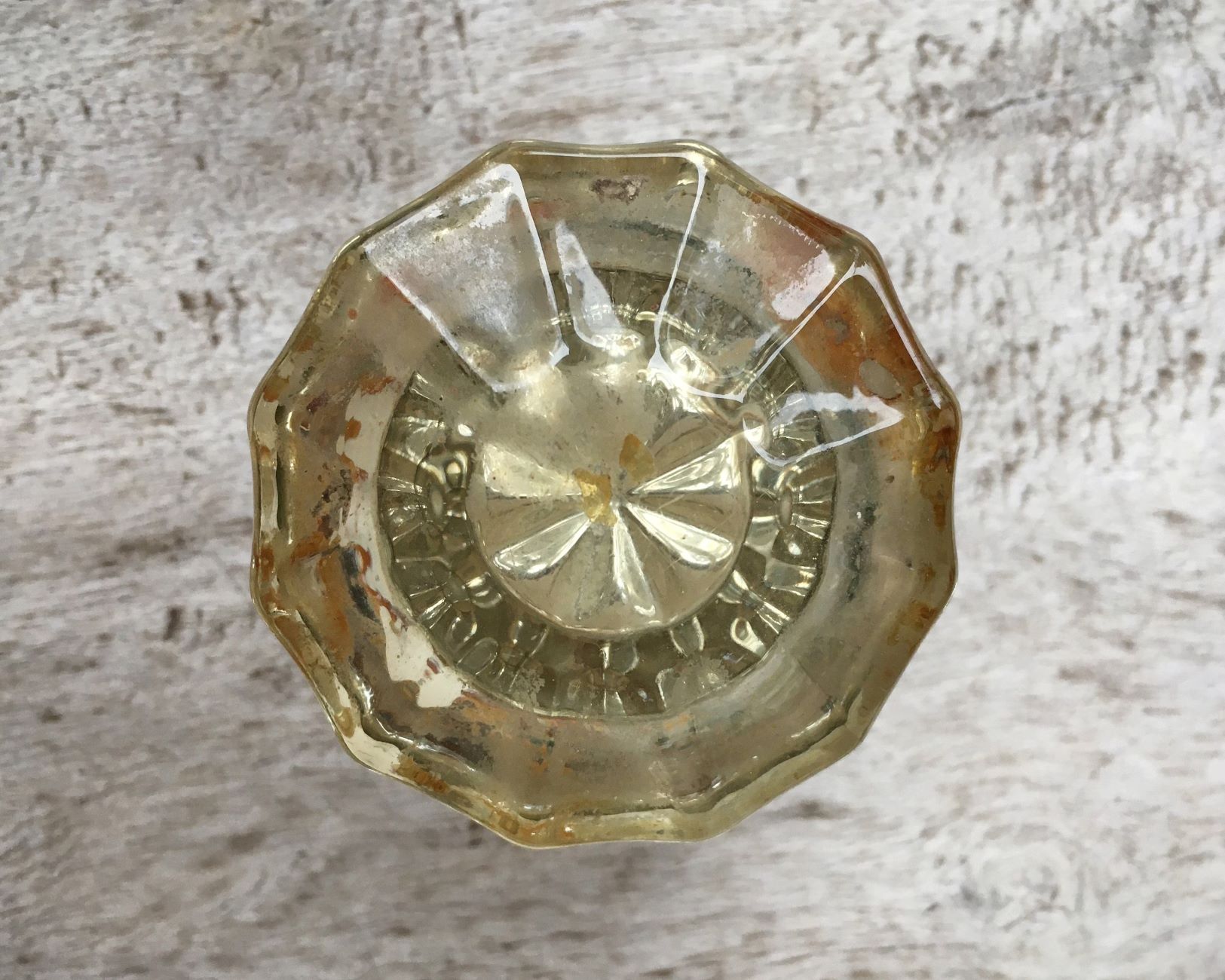
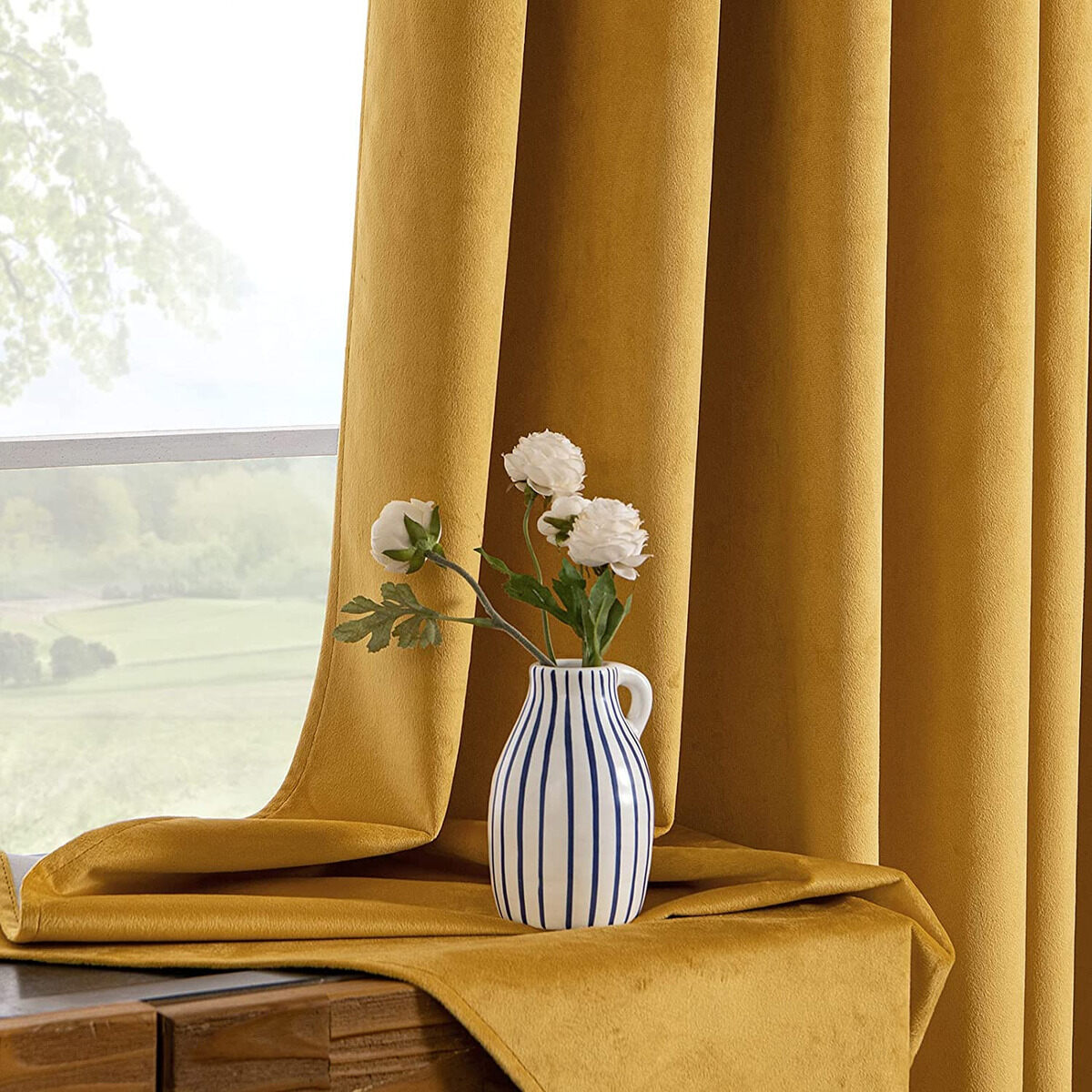

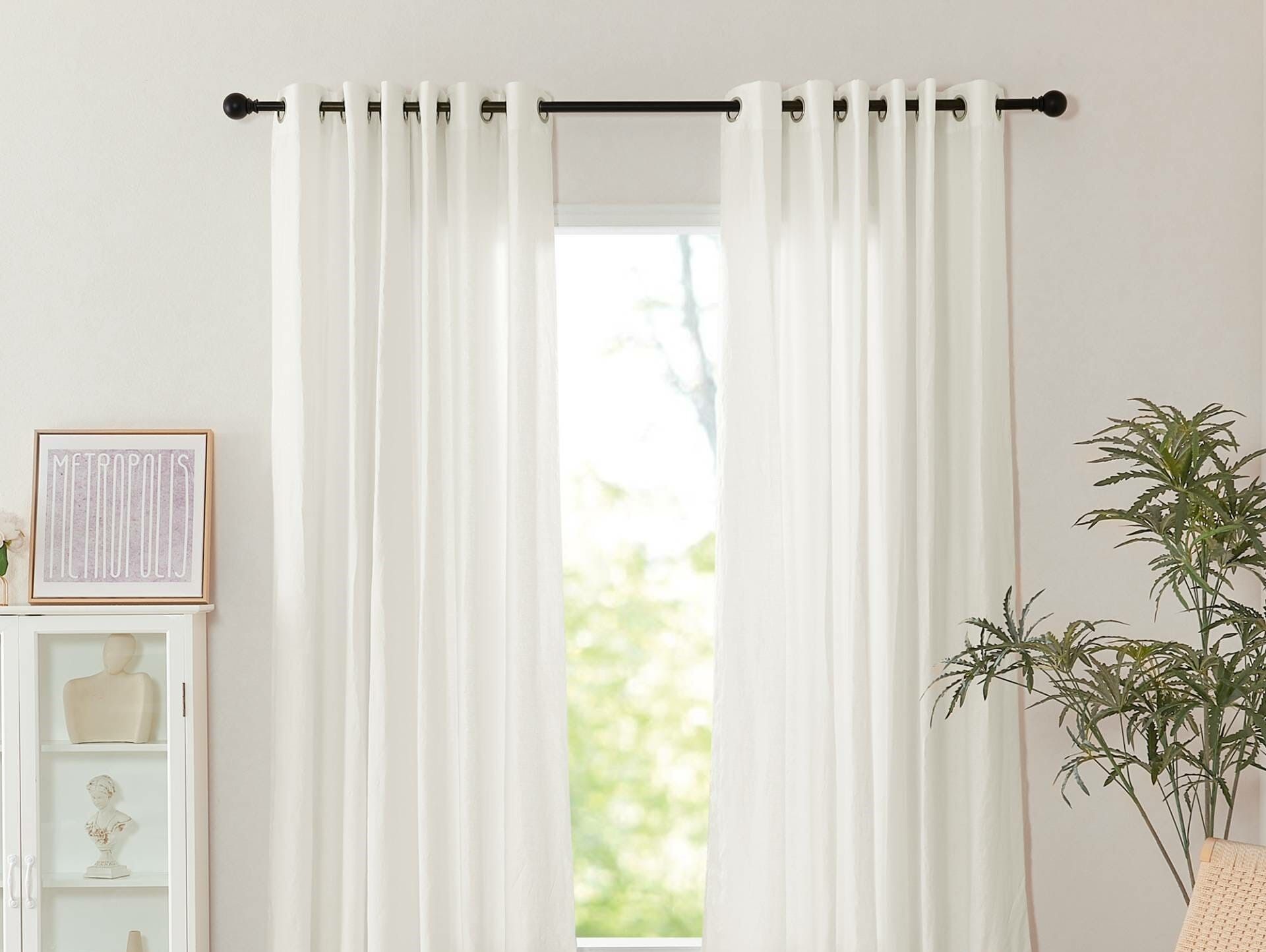



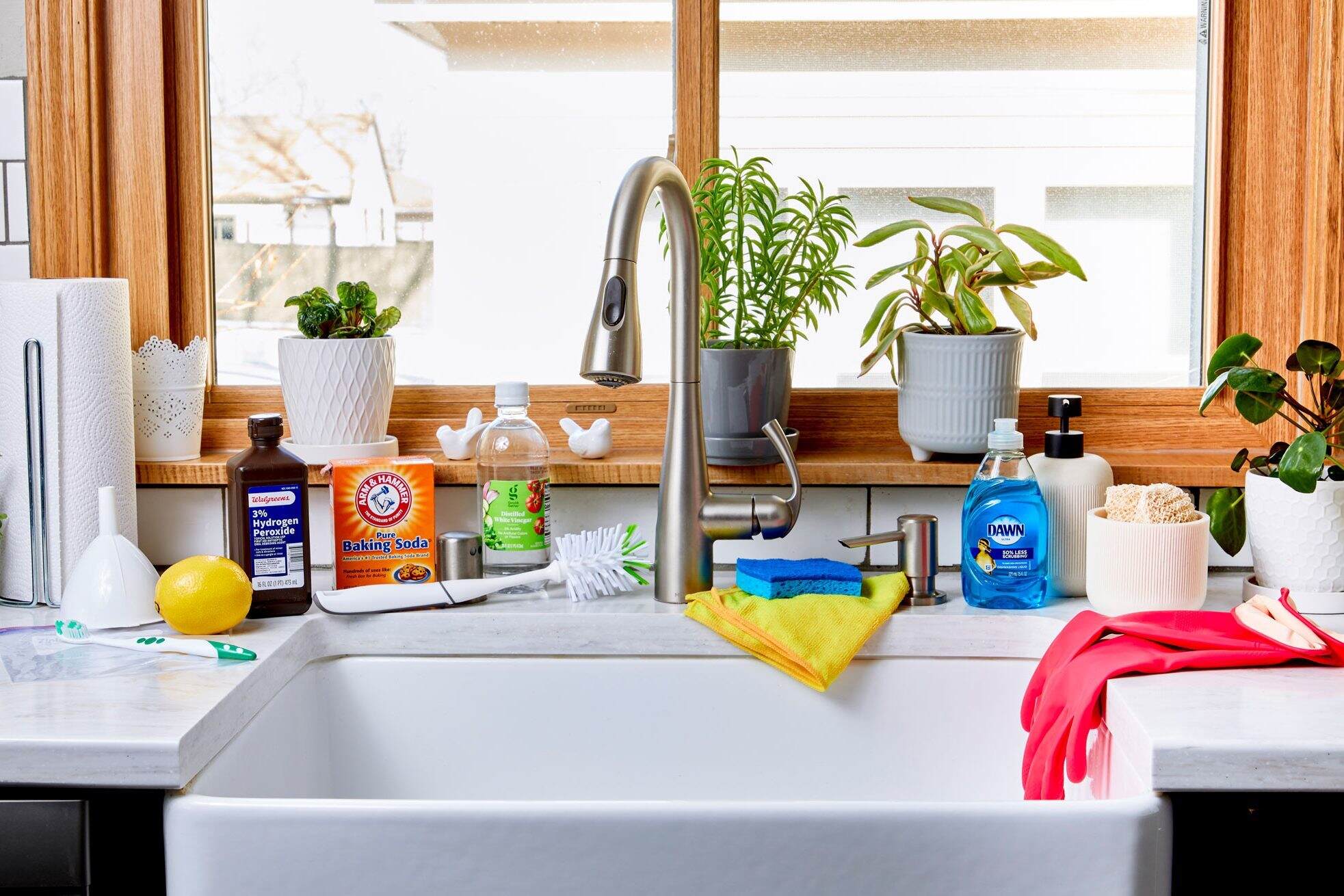
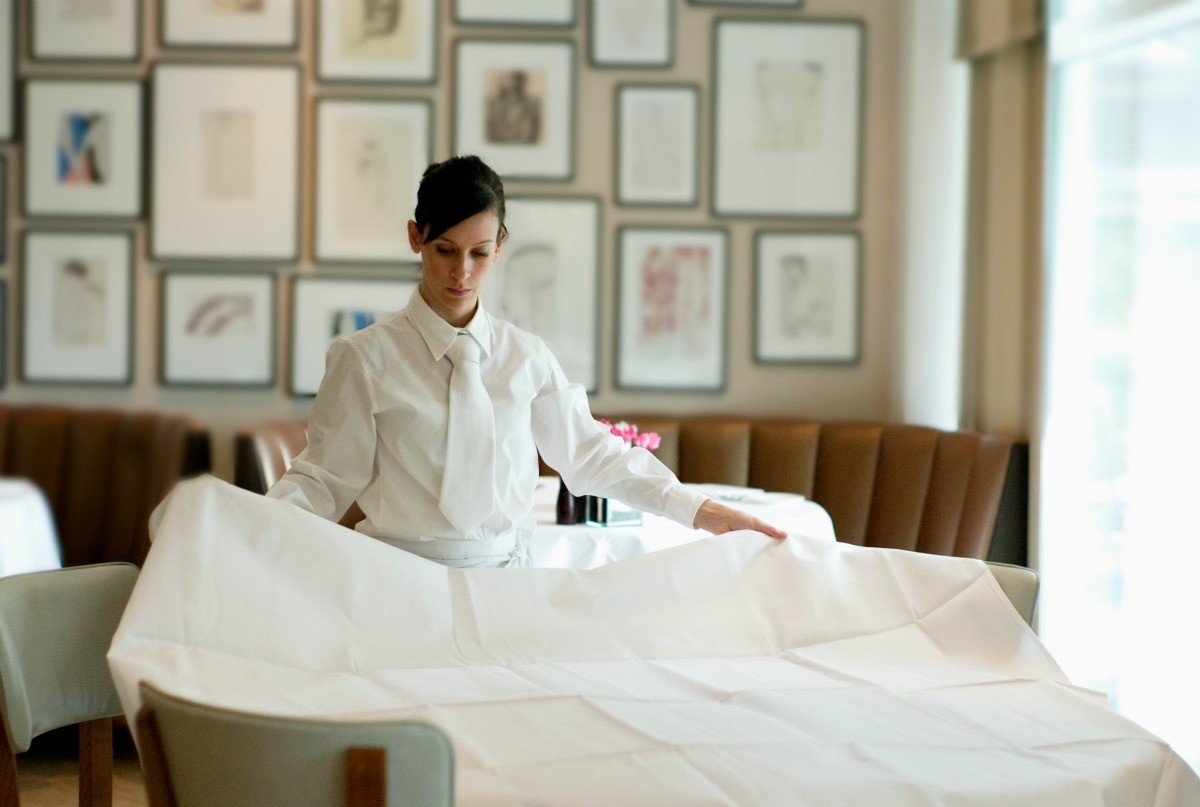
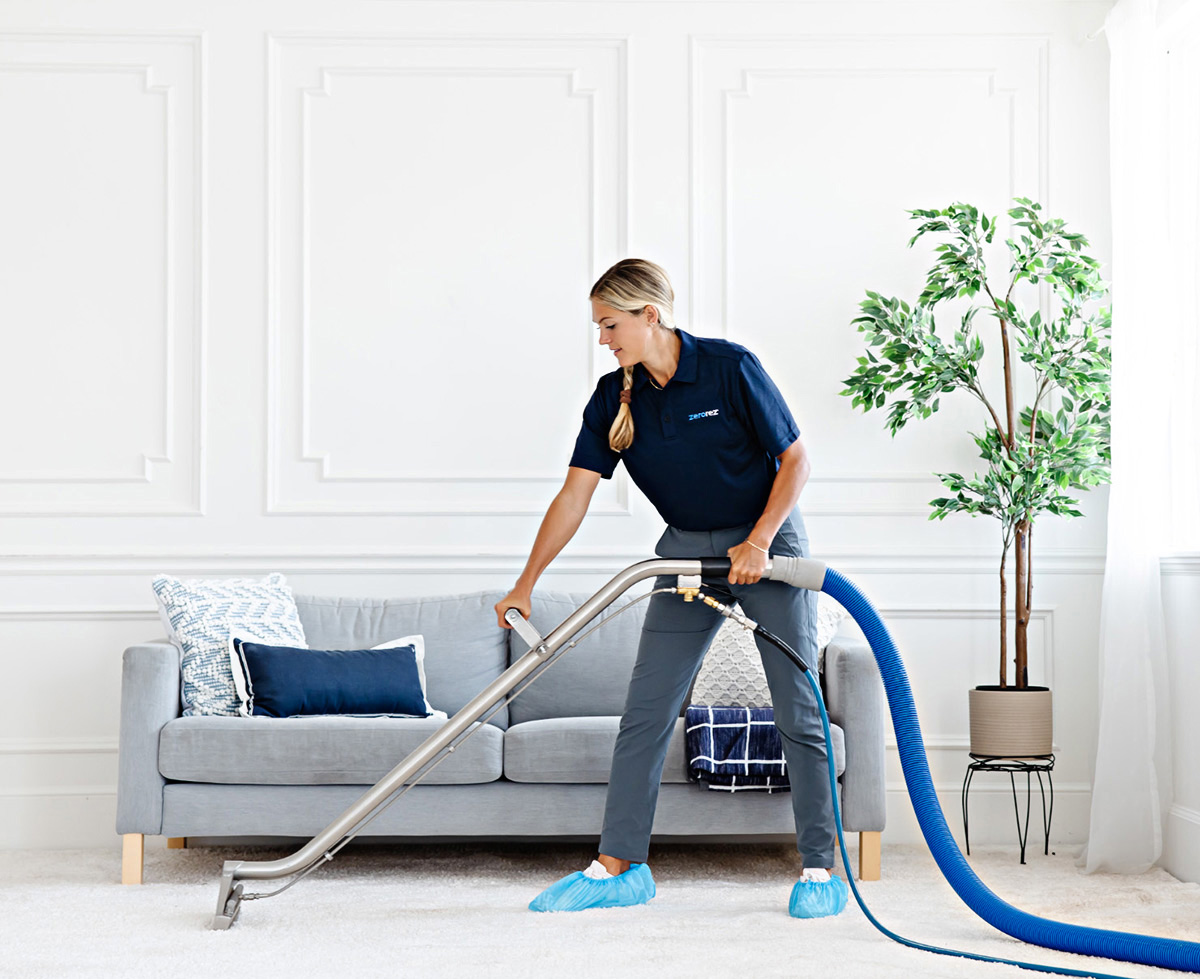


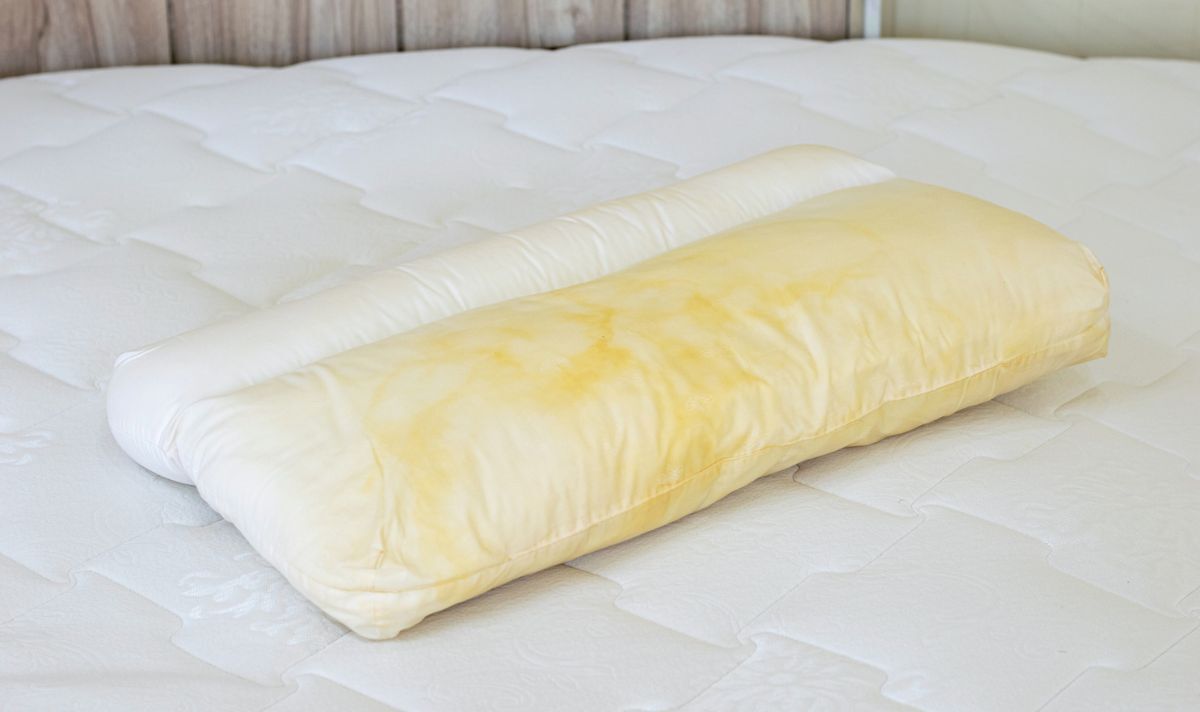

0 thoughts on “How To Clean White Curtains That Have Yellowed”